

Ship hulls are critical to safety and performance, but inspecting them with divers is slow, costly and risky. Underwater inspections provided by Engineers with Drones allow you to assess hull conditions quickly and safely, detecting corrosion or structural faults without disrupting operations.
Drones capture high-quality, impartial information that gives you an exact assessment of the status and needs of your asset.
Downtime is expensive and inconvenient. Using a drone, our engineers can conduct a thorough survey with little to no downtime.
The safety of your personnel and our own is paramount, and we place it at the forefront of our company culture. Ask us about our HSSE systems and practices.
We use cutting-edge technologies to detect problems that would otherwise be invisible. These include 4K ultra-HD photography/video, LIDAR and thermal imaging.
Drones aren't just for flying up in the sky. Our specialist drones can fly into confined spaces like chimneys and boilers to look for issues that would otherwise be inaccessible.
We understand that you need answers fast. We can deliver a plain-English report with clear-cut conclusions in days. Then, you can take the steps you need to and get back to doing what you do best.
Drone technology is cheaper, safer and more reliable than traditional methods such as scaffolding, cherry-pickers and ropes. It's also quicker and less labour-intensive. We will bring everything we need and be out of your way that same day.
Sometimes the brief can change even in real-time. If need be, you can be stood there right next to the drone operator, directing them as the situation develops.
Hull paint protects against temperature shifts, currents and biofouling. If it starts to fail, structural damage will follow. Our underwater drones help monitor hull condition in detail —identifying biofouling, wear, and any areas where paint may be compromised. You can track changes over time and decide exactly when and where repainting is needed.

Traditional inspections rely on teams of divers rotating roles, taking breaks, and working in hazardous conditions. This slows everything down and increases risk. Our underwater drone inspections remove the need for human divers. Drones operate safely in busy ports, handle strong currents, and reach depths without the dangers of decompression sickness. One drone can do the job — all day, without stopping.







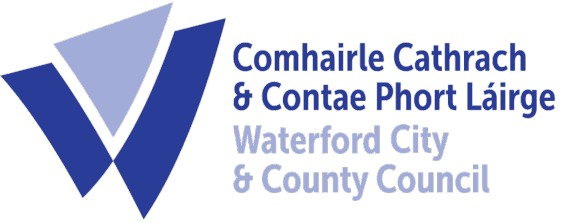

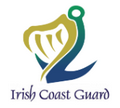
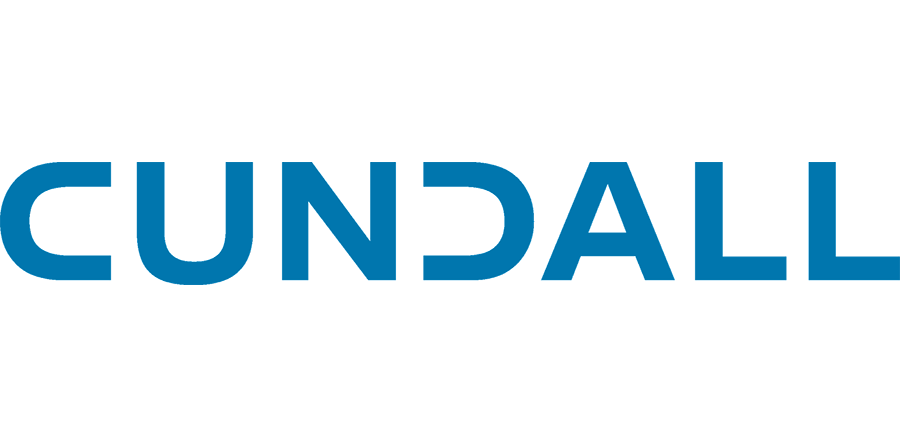










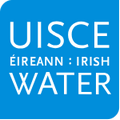

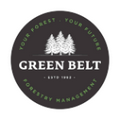





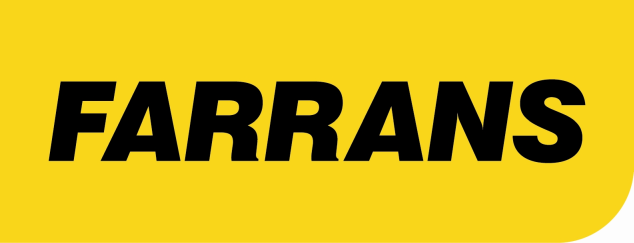
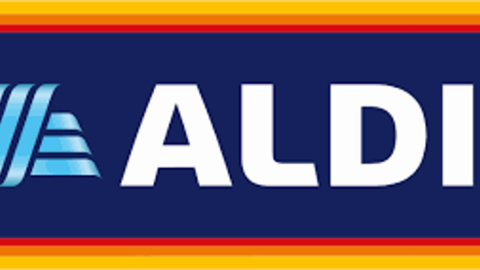






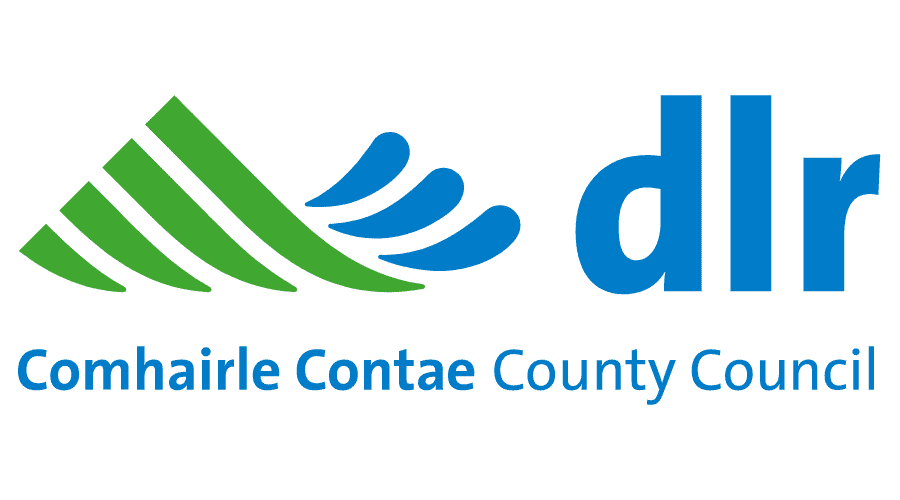











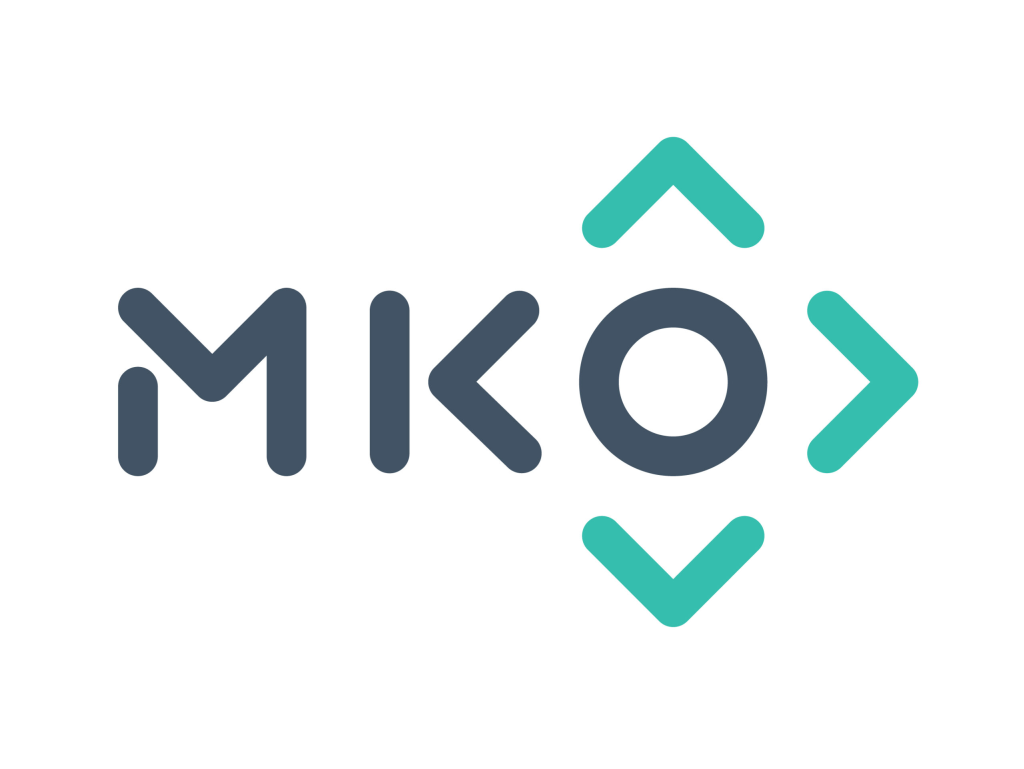
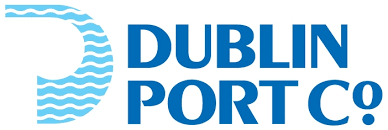

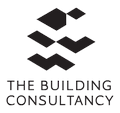







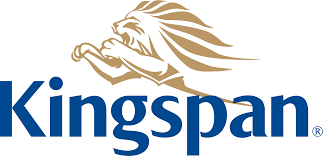












































































































































UHD or Ultra High Definition signifies that a camera's resolution is 3840x2160 pixels. This is exactly four time higher than high definition cameras (1920x1080 pixels), and so UHD is often also know as 4K. More about drone photography...